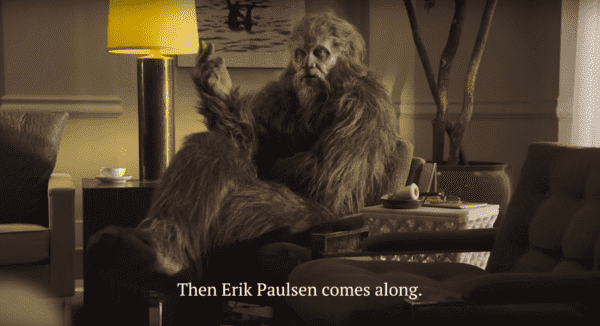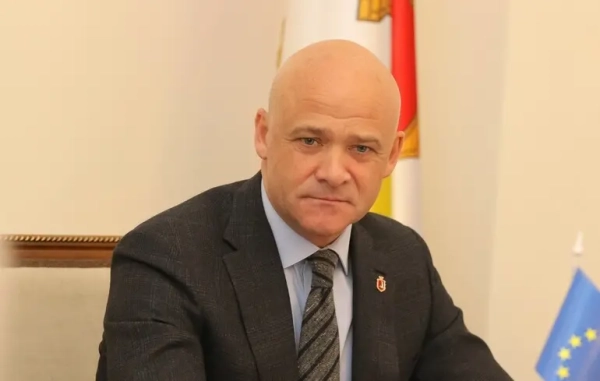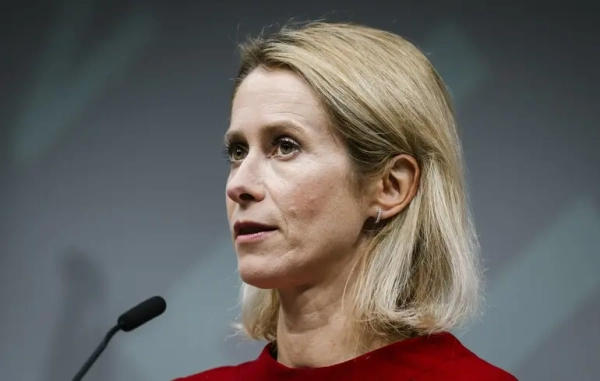
Bad political ads are everywhere. You know the ones — footage of a candidate walking down a quaint Main Street, touring a construction site wearing a hard hat, or shaking hands at a senior center while a disembodied narrator intones their life accomplishments.
Those ads make veteran political filmmaker Mark Putnam’s eyes glaze over.
“Without singling out any particular — I don’t need to — there are so many like that,” Putnam told me in a recent interview.
So as Democrats and Republicans duke it out in the home stretch to the November midterms, campaigns, political parties, and PACs are getting creative on how they’re getting their message to voters. Television networks are full of short, 30-second advertisements either introducing candidates to voters or hitting the opposing candidates on their records.
From partnering with comedy writers to convincing Academy Award-nominated director Richard Linklater to direct an ad, to hiring someone to portray Bigfoot on the hunt for a reclusive congressman, political ads in 2018 appear to be trying to be eye-catching and are straying away from the norm.
Some feel more like a comedy skit than a campaign ad, including a spot from Dean Phillips, the Democrat running in Minnesota’s Third Congressional District, deploying Bigfoot to search for his reclusive Republican opponent Rep. Erik Paulsen (R-MN).
Others feel like a horror film. Republican candidates, in sharp contrast to Democrats, have been playing on fear and identity politics in many of their ads. In some cases in districts with Democratic nominees who are people of color, Republicans have resorted to tying candidates to terrorism or juxtaposing a black Democratic candidate’s old raps with his current campaign speeches to argue he can’t represent a majority white district.
No matter the political party, the goal of these 30-second ads is to get voters to glance up at the TV screen — and keep watching.
“I’ve always believed you have to make advertising that grabs people’s attention in the first 5 seconds,” Putnam said. “If you create compelling content, they will watch, no matter what the platform. You really have to bust through with something that catches people’s attention.”
Democrats are teaming up with the entertainment industry in 2018
Two clear themes emerge if you spend enough time watching campaign ads by Democrats juxtaposed with ones made by Republicans: Democrats are going for humor, and Republicans are leaning into fear.
Democrats are hitting Republicans on issues like their failed attempt to kill the Affordable Care Act and the sweeping tax cuts they passed last year. But especially on issues that can be granular and difficult to message around (like tax cuts), Democrats have turned to comedy writers to help work on the concept.
One ad released by the Democratic Congressional Campaign Committee (DCCC) portrays what appears to be a corporate board gloating about how “we got, like, the entire Republican tax cut.” The ad features a CEO asking an employee on all fours posing as a side table how much he got from his tax cut (the answer, not much).
The DCCC teamed up with comedy writer and producer Ben Wexler, a veteran of shows like Community and Arrested Development, to produce and direct the ad.
Democrats haven’t been short on star power in the midterms: Academy Award-nominated director Richard Linklater (who is from Texas) signed up to direct a short ad paid for by FTC PAC, basically accusing Texas Republican Sen. Ted Cruz for being a wuss (in other choice Texas terminology) for not standing up to President Donald Trump after the president insulted Cruz’s wife and implied his father was involved in John F. Kennedy’s assassination during the 2016 election.
And in Florida’s extremely expensive Senate race, Sen. Bill Nelson’s campaign paid for a cartoon ad about a law impacting Florida’s public beaches, and portraying Republican Rick Scott as a giggling, clownish politician stealing beach access from everyday Floridians to give it to the rich.
Republicans are (continuing) to play on fear
Republicans, on the other hand, are attempting to play off the politics of fear — something they’ve been doing for months. As Vox’s Dylan Scott wrote of Republican ads back in August:
And in 2018, Republican attack ads have suggested that Democrats would make Americans less safe — at times using race explicitly to do so.
In one California district, embattled Republican Rep. Duncan Hunter ran an ad against Democrat Ammar Campa-Najjar, highlighting the fact that Campa-Najjar’s grandfather was part of a Palestinian terror group. (Campa-Najjar’s grandfather died before he was born, and the Democrat has heavily distanced himself, saying he shares nothing but “lineage” with his grandfather.)
Still, Hunter’s ad accused Campa-Najjir of “trying to infiltrate Congress,” and wrote he was a “security risk.”
In New York’s 19th Congressional District, the National Republican Campaign Committee ran old snippets of explicit raps Democrat Antonio Delgado made years ago under the name “AD the Voice,” alongside Delgado giving a campaign speech in the present day. Delgado, who is also a Rhodes Scholar who studied at Oxford University, is running to represent an overwhelmingly white district.
As Vox’s PR Lockhart wrote:
There are a few Republican ads trying more for humor, though, such as this ad from Ron DeSantis, the Republican running for governor of Florida. DeSantis — a Republican molding himself after Trump — “builds a wall” out of building blocks with his young daughter and reads Trump’s book The Art of the Deal to his infant son.
Campaigns and donors are spending a lot of money on these ads
The 2018 midterms are shaping up to be the most expensive midterms election season in history. By late July, candidates, PACs, and outside groups had raised more than $1.6 billion (and spent most of that) — which was more raised and spent on Senate and House races in the 2015-2016 cycle, and far more than the last midterms cycle in 2013-2014. And that was just by July.
According to data from Kantar Media, Florida is by far the most expensive Senate race when it comes to TV spending, followed by Nevada, Missouri, and Indiana.
When you look at what it costs to produce a single ad, these numbers start to make more sense. A well-done ad can cost up to $40,000 to produce, according to Putnam.
“It costs money to do them well,” he said. “The campaign just has to decide it’s worth the investment.”
Earlier in the midterm cycle, Putnam noticed a trend of candidates including Kentucky Democrat Amy McGrath, Wisconsin Democrat Randy Bryce (also known as “IronStache”), and Texas Democrat MJ Hegar using longer YouTube ads to introduce themselves to voters and donors alike, and essentially launching their campaigns that way. But even with the proliferation of these videos on YouTube and social media, television is still the main way candidates can reach voters from now until November 6.
“You can put it on more screens,” he said, adding cable “is still by far the most efficient way of reaching voters.”
Sourse: vox.com






